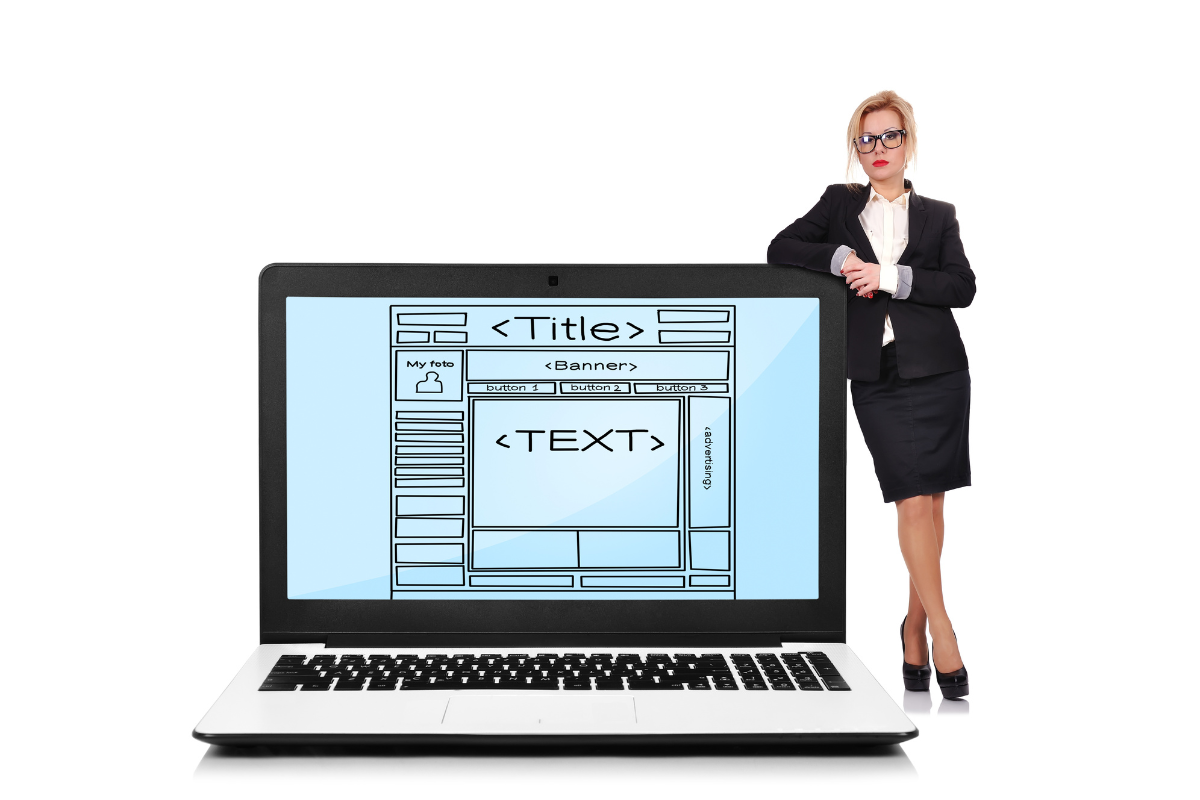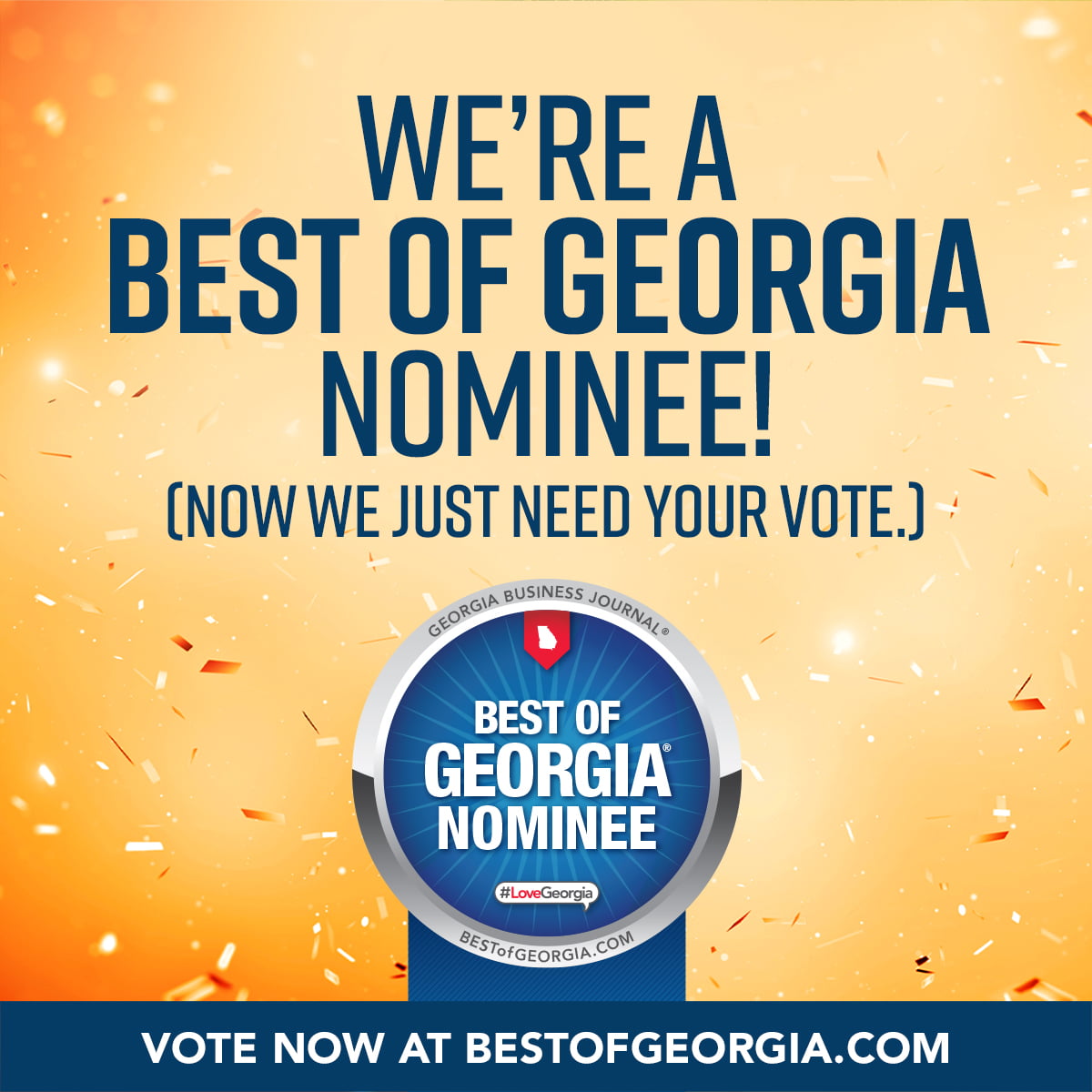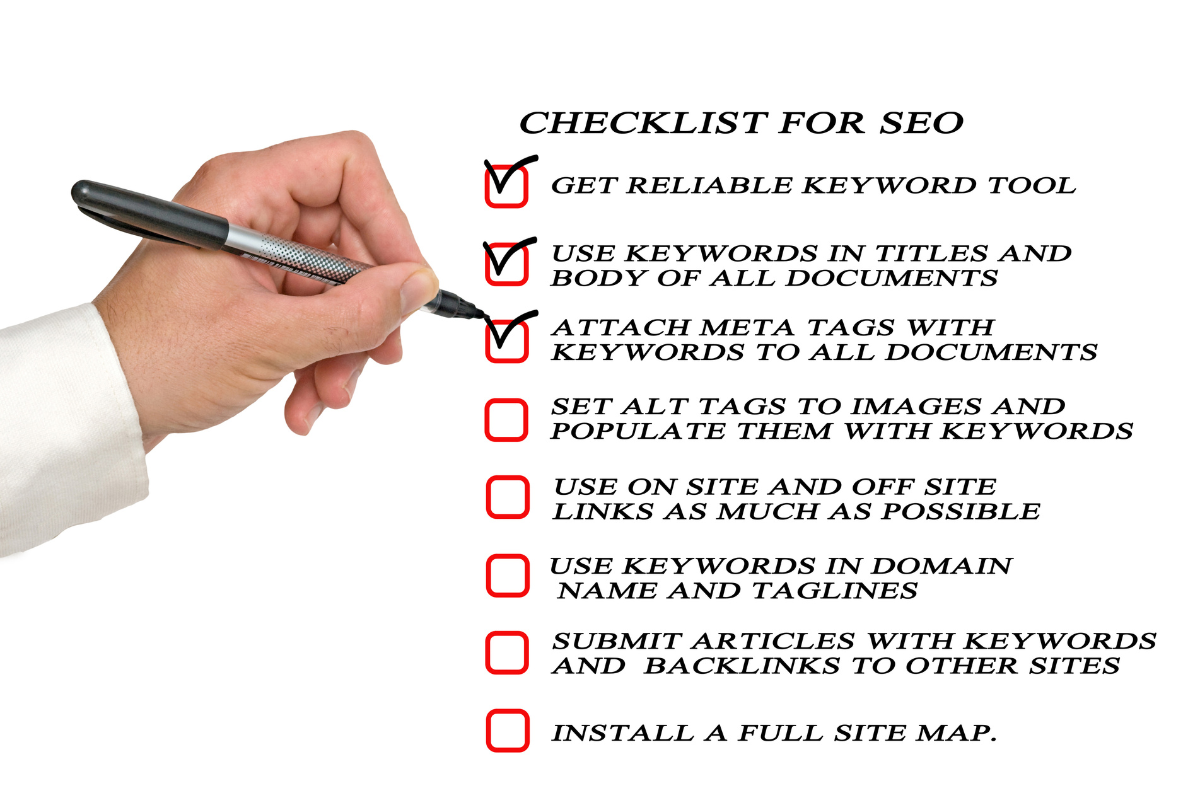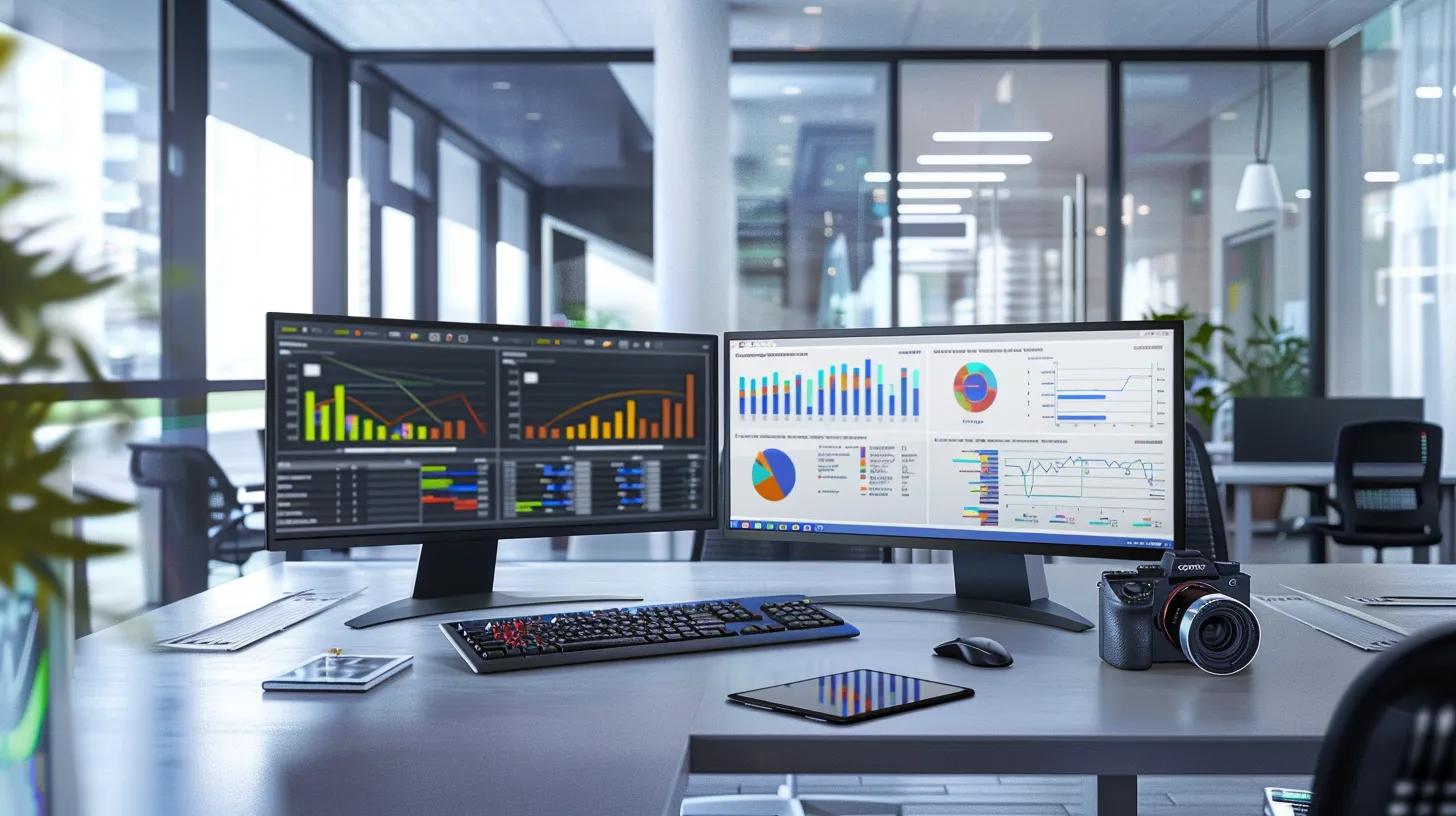Picture this: your website gleaming like a beacon of light amidst the crowded online landscape, effortlessly drawing in organic traffic like bees to honey. But achieving such digital stardom requires more than just wishful thinking; it demands strategic planning, meticulous execution, and a keen eye for detail.
Fear not, as we delve deep into the intricate web of on-page SEO optimization, demystifying the process and empowering you with the tools needed to dominate the SERPs. So, fasten your seatbelts and get ready to embark on a journey toward SEO supremacy with our expert-curated on-page SEO checklist.
On-Page SEO Made Easy!
Conducting Keyword Research: Unearthing Hidden Gems

Dive into the world of keyword research and unlock valuable insights with our on-page SEO checklist. Discover the secrets to finding hidden keywords that can skyrocket your website’s visibility and attract targeted traffic.
- Utilize Keyword Research Tools: Start by using tools like Google Keyword Planner to identify relevant keywords for your on-page SEO checklist. Look for long-tail keywords and low competition terms to target.
- Analyze Competitor Keywords: Study your competitors’ websites to uncover hidden gems they might be ranking for. Identify keywords they are targeting successfully and consider incorporating similar terms into your checklist.
- Focus on User Intent: Ensure the keywords you select align with the intent behind users’ searches. Tailor your checklist to meet their needs and provide valuable solutions, improving your chances of ranking higher in search results.
- Update Content Regularly: Keep your checklist updated with fresh keywords to stay relevant and maintain visibility in search engines. Monitor keyword performance and make adjustments as needed to optimize for better rankings.
- Leverage Keyword Variations: Experiment with different keyword variations related to your on-page SEO checklist. Include synonyms, related terms, and industry-specific jargon to attract a diverse audience and expand your reach.
Unleash the power of keyword research and unearth hidden gems that will take your online presence to new heights. With the right keywords, you can dominate search engine rankings and connect with your target audience effectively. Start your keyword research journey today and watch your online success unfold.
Crafting Compelling Meta Tags: The Gateway To Clicks
Crafting compelling meta tags is essential for boosting your website’s click-through rates and improving search engine rankings. To optimize your on-page SEO checklist effectively, here are key SEO techniques to enhance your meta tags:
- Title Tag: Create a concise and catchy title tag that includes the blog focus keyword at the beginning for better visibility.
- Meta Description: Write a compelling meta description that not only includes the blog focus keyword but also entices users to click through to your website.
- Keywords: Incorporate relevant section keywords strategically within your meta tags to enhance their visibility to search engines.
- Length: Ensure that your meta tags are within the recommended character limits to avoid truncation in search engine results pages.
- Uniqueness: Make each meta tag unique to the specific page to avoid duplication issues and improve overall SEO performance.
Crafting compelling meta tags is a game-changer for your online success. These small snippets are the gateway to clicks, enticing users to visit your website. By optimizing your meta tags with precision, you’ll boost visibility, increase click-through rates, and ultimately drive more traffic to your site. Start crafting your captivating meta tags today and unlock the gateway to clicks!
Optimizing Title Tags: Your First Impression Matters

Welcome to the world of optimizing title tags, where your website’s first impression matters. Learn how to create captivating title tags that grab attention, improve search engine rankings, and entice users to click through to your site.
- Craft concise and descriptive title tags for each webpage to improve click-through rates.
- Include the focus keyword in the title tag for better SEO performance.
- Prioritize creating unique and compelling title tags that accurately reflect the content of the page.
- Incorporate power words and action verbs to make your title tags more engaging and impactful.
- Optimal title tag length should ideally be around 50-60 characters to ensure they display correctly in search results.
- Avoid keyword stuffing and ensure title tags are relevant to both users and search engines.
- Regularly review and update title tags to align with current SEO best practices and keyword trends, utilizing SEO audit tools to ensure optimal performance.
- Leverage title tags as your first opportunity to make a positive impression on potential visitors.
- Remember, a well-optimized title tag can significantly influence your website’s rankings and visibility.
In the digital landscape, your first impression matters, and title tags are the gateway to capturing user interest. By optimizing your title tags with precision and creativity, you’ll make a lasting impact, increase click-through rates, and drive more traffic to your website. Don’t underestimate the power of a well-optimized title tag – it’s your opportunity to shine in the search engine results pages. Start optimizing your title tags today and leave a memorable impression on your audience!
Creating High-Quality Content: The Kingpin Of SEO
Dive into the strategies and techniques that will elevate your content creation game, boost organic traffic, and establish your website as a trusted authority in your industry. Here’s an on-page SEO checklist to consider when it comes to creating high-quality content:
- Keyword Research: Start by conducting thorough keyword research to identify relevant keywords for your content. Use tools like Google Keyword Planner to find high-ranking keywords related to your topic.
- Quality Content: Focus on creating high-quality content that is informative, engaging, and valuable to your audience. Ensure the content is well-written, well-structured, and free of grammatical errors.
- Optimize Headings and Subheadings: Use your focus keyword in your headings and subheadings to improve SEO. This helps search engines understand the main topics of your content.
- Meta Tags Optimization: Optimize your meta title and description with your section keywords to improve click-through rates. Make sure they are compelling and include relevant keywords.
- Image Optimization: Use descriptive filenames and alt text for images using section keywords. This helps improve accessibility and SEO for your content.
- Internal Linking: Incorporate internal links to other relevant pages on your website using anchor text with your section keywords. This helps search engines understand the structure of your website.
- Mobile Optimization: Ensure your content is mobile-friendly to improve user experience and SEO rankings. Use responsive design and test your website on multiple devices for optimal performance.
In the ever-evolving world of SEO, high-quality content reigns supreme. By investing time and effort into creating valuable, unique, and engaging content, you’ll attract more visitors, improve search engine rankings, and position yourself as an influential player in your field. Embrace the power of high-quality content creation and watch your website soar to new heights of success.
Enhancing User Experience: Keeping Visitors Engaged

Enhance user experience through the power of this on-page SEO checklist! Keep your website visitors engaged and coming back for more with these effective techniques:
- Streamline website navigation for effortless browsing
- Optimize page load speed for instant gratification
- Craft compelling and visually appealing content that captivates
- Implement responsive design to cater to mobile users
- Incorporate intuitive call-to-actions for seamless conversions
- Improve readability with well-structured headings and paragraphs
- Leverage multimedia elements to enhance engagement
- Maximize accessibility for all users, including those with disabilities
Unlock the secrets of on-page optimization and create a user experience that leaves a lasting impression. Keep visitors engaged and drive your website’s success to new heights.
Optimizing Images: Visual Appeal For SEO Benefits
Unlock the potential of visual appeal and SEO benefits by optimizing your images. Learn how to enhance user experience, improve page load speed, and boost search engine rankings through effective image optimization techniques.
- Resize Images to Improve Website Loading Speed: Large image files can slow down your website, affecting user experience and SEO rankings. Use tools like Photoshop or online compressors to optimize image sizes for faster loading times.
- Choose the Right File Format: JPEG is ideal for photographs, while PNG is suitable for images with transparency. Selecting the correct format ensures high-quality visuals without compromising site performance.
- Add Descriptive Alt Text: Incorporate relevant keywords in the alt text of images to enhance accessibility and SEO. Alt text provides context to search engines, improving the chances of your images appearing in relevant searches.
- Utilize Image Captions: Captions provide additional context to images, making them more informative for users and search engines. Including relevant keywords in captions can further boost your on-page SEO efforts.
- Implement Structured Data for Images: Markup images with structured data to help search engines understand the content of visuals. This can lead to enhanced visibility in image search results, driving more organic traffic to your website.
By optimizing your images for visual appeal and SEO benefits, you can create a captivating user experience, improve website performance, and gain a competitive edge in search engine rankings. Don’t overlook the power of image optimization – it’s an essential component of an effective on-page SEO checklist for achieving online success and maximizing your website’s potential.
Implementing Internal Linking Strategies: Building A Robust Website Structure

Take your website structure to the next level with powerful internal linking strategies. Build a robust and interconnected web of content that captivates users and boosts your search engine rankings. For an effective internal linking, here’s an on-page SEO checklist to consider:
- Strategic Planning: When implementing internal linking strategies for your website, start by creating a strategic plan. Identify key pages that align with your focus keyword.
- Relevant Anchor Text: Ensure that the anchor text used for internal links contains relevant keywords. This helps search engines understand the context and relevance of the linked pages.
- Hierarchy and Structure: Maintain a clear hierarchy and structure when interlinking pages. Organize links in a logical manner that guides both users and search engine crawlers through your content.
- Avoid Overlinking: While internal linking is important for SEO, avoid overlinking as it can confuse both users and search engines. Focus on quality links that add value to the reader’s experience.
- Monitor and Update: Regularly monitor the performance of your internal links using tools like Google Search Console. Update and optimize links based on their effectiveness in improving your rankings.
By implementing these internal linking strategies, you’ll create a strong website structure that enhances user navigation, encourages exploration, and signals search engines about the importance of your content. Build a robust foundation for your website’s success and propel your SEO efforts to new heights!
Leveraging Structured Data Markup: Communicating With Search Engines
Unlock the power of structured data markup and establish effective communication with search engines. Discover the art of organizing and presenting data in a structured format that enhances visibility, generates rich snippets, and boosts search engine rankings.
- Boost Visibility: Implementing structured data markup in your website’s code can significantly improve your site’s visibility to search engines.
- Enhanced Search Results: By using structured data markup, you provide search engines with specific information about your content, leading to more informative and visually appealing search results.
- Rich Snippets: Structured data markup helps search engines understand your content better, enabling them to display rich snippets like ratings, reviews, and pricing information directly in search results.
- Improved Click-Through Rates: With rich snippets and enhanced search results, your website is more likely to attract users’ attention, increasing click-through rates.
- Competitive Edge: By leveraging structured data markup effectively, you stay ahead of the competition in terms of search engine rankings and visibility.
Incorporating structured data markup is a crucial aspect of an on-page SEO checklist. It enhances your website’s communication with search engines, ultimately leading to improved rankings and better user engagement.
Boost Your Rankings Today: On-Page SEO Checklist For Maximum Visibility!

Ready to supercharge your website’s on-page SEO? Then contact Newman Web Solutions for an SEO website audit! Don’t miss out on the opportunity to skyrocket your rankings, boost visibility, and attract targeted traffic. Our local business marketing experts are ready to optimize your website and help you achieve your SEO goals.
Take the first step towards online success – reach out to us now for a free marketing strategy session and let’s revolutionize your on-page SEO strategy together!






